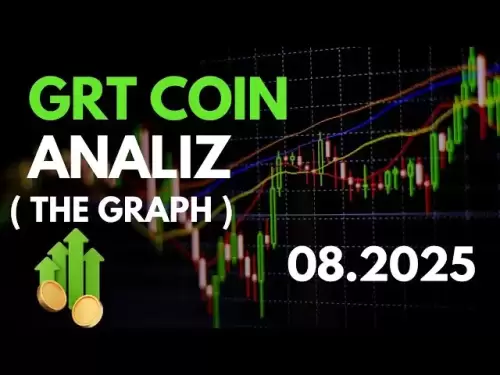-
 Bitcoin
Bitcoin $119300
2.40% -
 Ethereum
Ethereum $4254
-0.20% -
 XRP
XRP $3.184
-1.38% -
 Tether USDt
Tether USDt $1.000
0.00% -
 BNB
BNB $803.9
0.58% -
 Solana
Solana $183.1
1.50% -
 USDC
USDC $0.0000
0.01% -
 Dogecoin
Dogecoin $0.2339
-2.87% -
 TRON
TRON $0.3384
0.88% -
 Cardano
Cardano $0.8018
-0.29% -
 Hyperliquid
Hyperliquid $45.13
3.14% -
 Chainlink
Chainlink $22.10
0.96% -
 Stellar
Stellar $0.4439
-0.94% -
 Sui
Sui $3.875
-0.73% -
 Bitcoin Cash
Bitcoin Cash $570.7
0.24% -
 Hedera
Hedera $0.2589
-2.90% -
 Ethena USDe
Ethena USDe $1.001
-0.01% -
 Avalanche
Avalanche $23.83
-1.73% -
 Litecoin
Litecoin $123.8
2.61% -
 Toncoin
Toncoin $3.351
-1.13% -
 UNUS SED LEO
UNUS SED LEO $9.103
1.13% -
 Shiba Inu
Shiba Inu $0.00001356
-1.40% -
 Uniswap
Uniswap $10.93
-0.19% -
 Polkadot
Polkadot $4.057
-1.97% -
 Dai
Dai $1.000
0.01% -
 Cronos
Cronos $0.1646
4.66% -
 Ethena
Ethena $0.7974
8.11% -
 Pepe
Pepe $0.00001208
-2.89% -
 Bitget Token
Bitget Token $4.445
-1.70% -
 Monero
Monero $268.8
-2.00%
How do I transfer cryptocurrency to an external wallet on Coinbase?
Transferring crypto from Coinbase to an external wallet requires the recipient's address and incurs network fees; double-check the address to avoid irreversible loss of funds.
Mar 25, 2025 at 05:49 pm
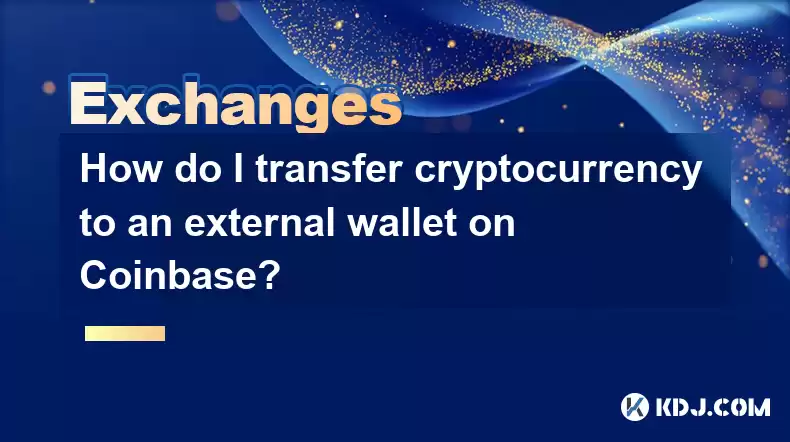
Key Points:
- Coinbase allows transfers to external wallets, but security is paramount.
- The process varies slightly depending on the cryptocurrency.
- You'll need the recipient's wallet address. Double-check this for accuracy.
- Network fees (gas fees) are common and will be deducted from your balance.
- Understanding the specific cryptocurrency's network is crucial for successful transfers.
How Do I Transfer Cryptocurrency to an External Wallet on Coinbase?
Transferring your cryptocurrency from Coinbase to an external wallet requires careful attention to detail. Security is the top priority; a single mistake can lead to irreversible loss of funds. The process, while generally straightforward, differs slightly depending on the specific cryptocurrency you are transferring. Always double-check the recipient's wallet address before initiating the transfer to avoid sending your funds to the wrong location.
First, you need to identify the cryptocurrency you wish to transfer. Navigate to your Coinbase account and locate the specific cryptocurrency in your portfolio. Each cryptocurrency will have its own transfer method, although the general steps remain consistent.
Next, you will need the recipient's wallet address. This is a unique alphanumeric string identifying their external wallet. Obtain this address from the recipient. Incorrectly entering this address will result in the loss of your funds, as there's no way to reverse the transaction on the blockchain. Carefully compare the address you've received with the one you're entering on Coinbase.
Now, initiate the transfer process. Click on the "Send" or "Transfer" button associated with the chosen cryptocurrency. You will be prompted to enter the recipient's wallet address. Paste the address carefully into the designated field. Double, even triple-check its accuracy before proceeding.
Before confirming, you'll see a preview of the transaction, including the amount of cryptocurrency you're sending and any associated network fees. Network fees, often called "gas fees," are charges levied by the cryptocurrency network to process the transaction. These fees vary depending on network congestion. Review the fees carefully; you cannot proceed without paying them.
Confirm the transaction. Once you've reviewed all the details and are certain of the accuracy of the recipient's address and the transaction details, confirm the transfer. After confirmation, the transfer will be processed, and you will receive a confirmation notification. The transaction time varies depending on the cryptocurrency and network conditions. Some transactions may take minutes, while others might take hours or even longer.
Different Cryptocurrencies, Different Methods:
While the overall process is similar, subtle differences exist depending on the cryptocurrency. For instance, transferring Bitcoin might involve slightly different steps than transferring Ethereum or Litecoin. Always refer to Coinbase's help documentation for specific instructions related to your chosen cryptocurrency.
Security Best Practices:
- Verify the recipient's address: This is the most crucial step. A single incorrect character can result in permanent loss of funds.
- Use a reputable external wallet: Ensure your chosen external wallet is secure and well-regarded within the cryptocurrency community.
- Enable two-factor authentication (2FA) on your Coinbase and external wallet accounts: This adds an extra layer of security to protect your funds.
- Regularly back up your wallet: If you use a hardware wallet, ensure you have a secure backup of your seed phrase. If you use a software wallet, back up your private keys.
- Be aware of phishing scams: Be cautious of emails or messages requesting your Coinbase credentials or wallet information.
Common Questions:
Q: What if I enter the wrong wallet address?
A: Unfortunately, once a transaction is confirmed on the blockchain, it cannot be reversed. Funds sent to the wrong address are typically lost.
Q: How long does it take to transfer cryptocurrency?
A: Transfer times vary greatly depending on the cryptocurrency and network congestion. It could range from a few minutes to several hours.
Q: Are there any fees associated with transferring cryptocurrency?
A: Yes, network fees (gas fees) are typically charged by the cryptocurrency network to process the transaction. These fees are deducted from your Coinbase balance.
Q: What if I don't receive my cryptocurrency after the transfer?
A: Check the transaction status on a blockchain explorer for your specific cryptocurrency. If the transaction is confirmed but you still haven't received the funds, contact the support team of your external wallet provider.
Q: Can I transfer all my cryptocurrency from Coinbase to an external wallet?
A: Yes, you can transfer any cryptocurrency supported by Coinbase to an external wallet, provided that the external wallet also supports that specific cryptocurrency.
Q: Is it safe to transfer cryptocurrency to an external wallet?
A: Transferring cryptocurrency to an external wallet is generally safe, provided you follow security best practices, such as verifying the recipient's address and using a reputable external wallet. However, there's always an inherent risk involved in handling cryptocurrency.
Q: What types of external wallets are compatible with Coinbase?
A: Many different types of external wallets are compatible with Coinbase, including hardware wallets (Ledger, Trezor), software wallets, and paper wallets. Ensure compatibility before transferring. The supported wallet types will depend on the specific cryptocurrency being transferred.
Disclaimer:info@kdj.com
The information provided is not trading advice. kdj.com does not assume any responsibility for any investments made based on the information provided in this article. Cryptocurrencies are highly volatile and it is highly recommended that you invest with caution after thorough research!
If you believe that the content used on this website infringes your copyright, please contact us immediately (info@kdj.com) and we will delete it promptly.
- BlockDAG's T6900 Crypto Presale Buzz: Is the $0.0016 Entry the Real Deal?
- 2025-08-11 09:08:47
- Animoca Brands' Cool Cats Investment: A Purr-fect Match for the NFT Future
- 2025-08-11 09:08:47
- XRP, Luminite Wallet, and DeFi Access: A New Era?
- 2025-08-11 09:08:47
- Dogecoin, SHIB Whales, and Meme Coins: What's the Latest?
- 2025-08-11 09:08:47
- Bitcoin's Wild Ride: Short Squeezes, $120K Dreams, and What It All Means
- 2025-08-11 09:08:48
- Crypto Treasury, Capital Shift, and Startup Raises: What's the Deal?
- 2025-08-11 09:08:48
Related knowledge

How to use margin trading on Poloniex
Aug 08,2025 at 09:50am
Understanding Margin Trading on Poloniex
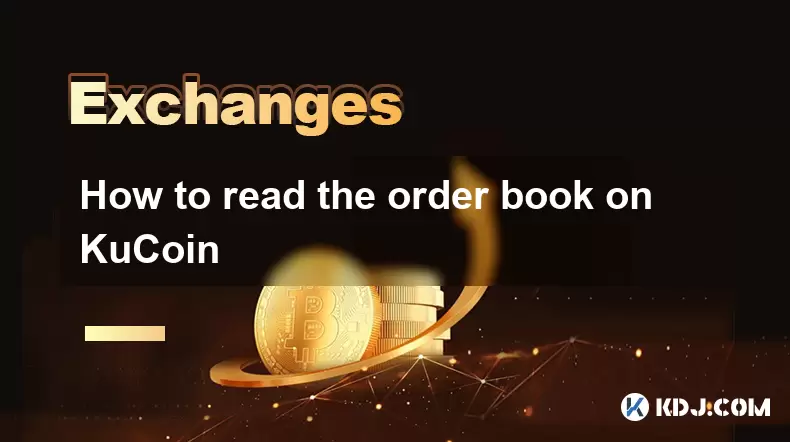
How to read the order book on KuCoin
Aug 10,2025 at 03:21pm
Understanding the Order Book Interface on KuCoinWhen accessing the order book on KuCoin, users are presented with a real-time display of buy and sell ...
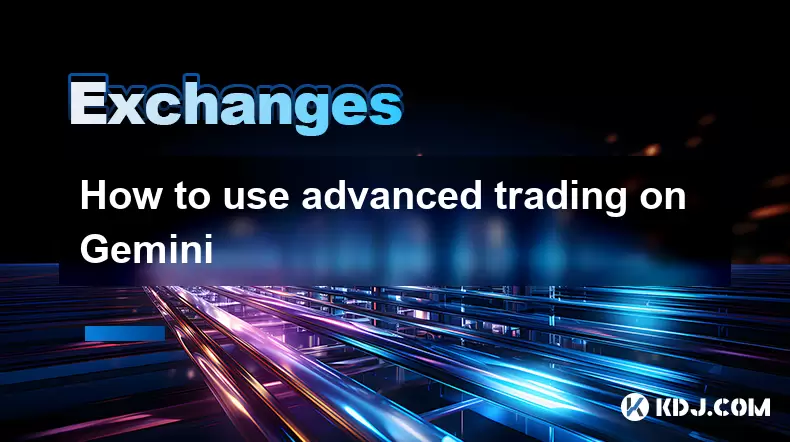
How to use advanced trading on Gemini
Aug 08,2025 at 04:07am
Understanding Advanced Trading on GeminiAdvanced trading on Gemini refers to a suite of tools and order types designed for experienced traders who wan...
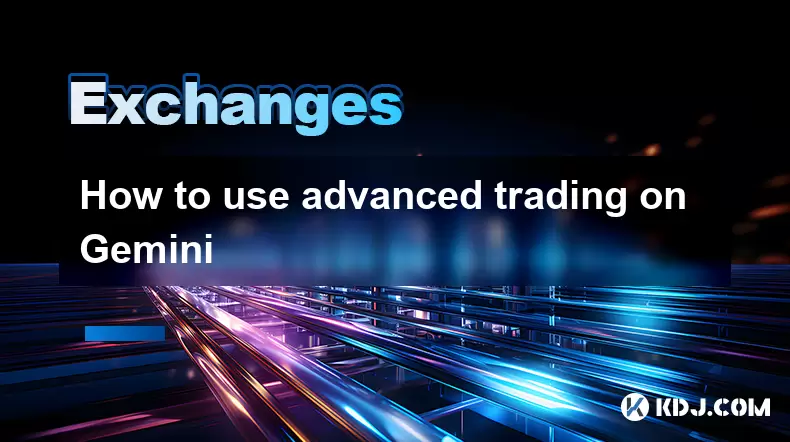
How to use advanced trading on Gemini
Aug 08,2025 at 10:56pm
Understanding Advanced Trading on GeminiAdvanced trading on Gemini refers to the suite of tools and order types available on the Gemini ActiveTrader p...

How to get my API keys from KuCoin
Aug 08,2025 at 06:50pm
Understanding API Keys on KuCoinAPI keys are essential tools for users who want to interact with KuCoin's trading platform programmatically. These key...
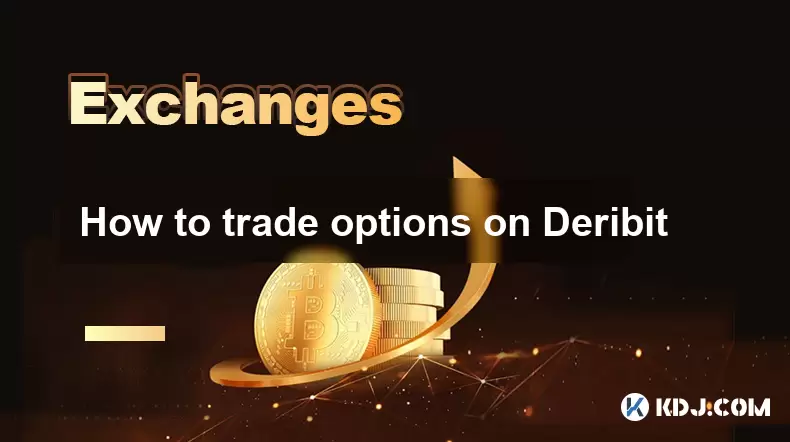
How to trade options on Deribit
Aug 09,2025 at 01:42am
Understanding Deribit and Its Options MarketDeribit is a leading cryptocurrency derivatives exchange that specializes in Bitcoin (BTC) and Ethereum (E...

How to use margin trading on Poloniex
Aug 08,2025 at 09:50am
Understanding Margin Trading on Poloniex

How to read the order book on KuCoin
Aug 10,2025 at 03:21pm
Understanding the Order Book Interface on KuCoinWhen accessing the order book on KuCoin, users are presented with a real-time display of buy and sell ...

How to use advanced trading on Gemini
Aug 08,2025 at 04:07am
Understanding Advanced Trading on GeminiAdvanced trading on Gemini refers to a suite of tools and order types designed for experienced traders who wan...

How to use advanced trading on Gemini
Aug 08,2025 at 10:56pm
Understanding Advanced Trading on GeminiAdvanced trading on Gemini refers to the suite of tools and order types available on the Gemini ActiveTrader p...

How to get my API keys from KuCoin
Aug 08,2025 at 06:50pm
Understanding API Keys on KuCoinAPI keys are essential tools for users who want to interact with KuCoin's trading platform programmatically. These key...

How to trade options on Deribit
Aug 09,2025 at 01:42am
Understanding Deribit and Its Options MarketDeribit is a leading cryptocurrency derivatives exchange that specializes in Bitcoin (BTC) and Ethereum (E...
See all articles





















